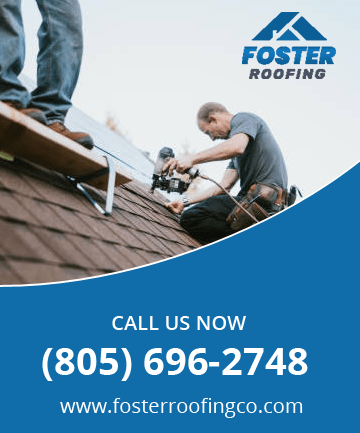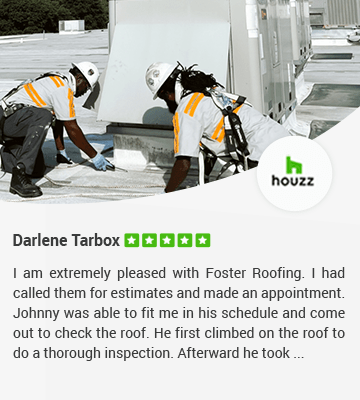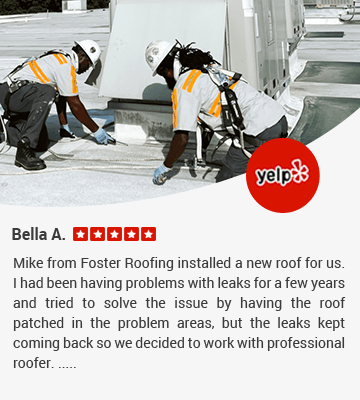Flat Roof Materials: Which is best for Commercial Space?
When it comes to commercial buildings, flat roofs are quite popular. They provide an excellent foundation for many purposes like air conditioning units or gardens. But what materials should you use? The choice of flat roof materials is very important for durability, energy efficiency, and overall look. From traditional options like built-up roofs to modern choices like green roofs, we’ll cover everything you need to know. Let’s get started!
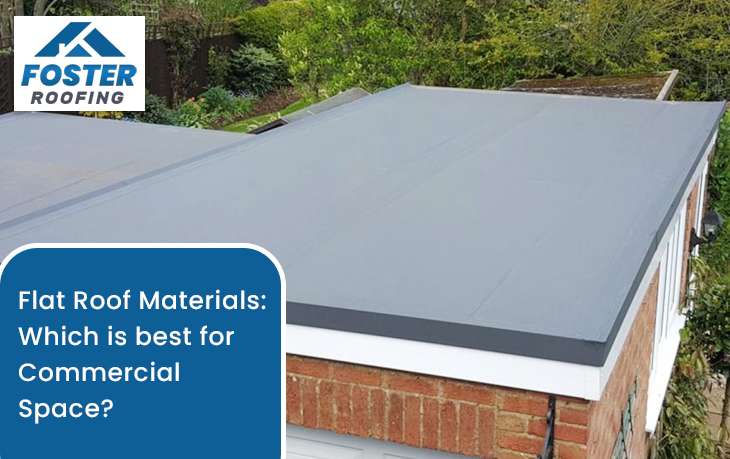
1. Built-Up Roofs (BUR)
A built-up roof, often called BUR, is one of the oldest flat roofing methods. It’s made up of multiple layers of materials. Usually, these layers are bitumen (a sticky substance) and reinforcing fabrics. These layers are put down in a sequence. This sequence helps make the roof strong and waterproof.
BURs are very durable. They can handle heavy foot traffic and harsh weather. However, they can be quite heavy. This means that the building structure must be strong enough to support them. One of the best things about BURs is their ability to provide excellent waterproofing and protection against UV rays. They can last for many years with proper maintenance.
2. Modified Bitumen Roofs
Modified bitumen roofs are a newer version of the traditional BUR. They also use bitumen, but it’s modified with rubber or plastic. This modification makes the roof more flexible and durable. These roofs are installed in either one or multiple layers. The layers can be attached to the roof deck using hot asphalt or cold adhesives.
One advantage of modified bitumen roofs is that they are very resistant to weathering. This makes them a great choice for areas with extreme weather conditions. They are also easy to repair, which can save money in the long run.
3. TPO Roofs
Thermoplastic Olefin (TPO) roofs are gaining popularity for commercial buildings. TPO is a type of plastic. It comes in large sheets that are rolled out and welded together. This creates a continuous, watertight roof surface.
TPO roofs are known for their energy efficiency. They reflect the sun’s rays, which helps keep the building cool. This can save a lot of energy. They are also resistant to chemicals, making them a good option for industrial buildings. Moreover, TPO roofs are lightweight, so they don’t add much stress to the building structure.
4. EPDM Roofs
EPDM stands for Ethylene Propylene Diene Monomer. It is a type of synthetic rubber. EPDM roofs are very flexible and can withstand extreme weather conditions. These roofs come in large sheets that are easy to install. They can also be installed with either adhesives or mechanical fasteners.
EPDM roofs are known for their long lifespan. They can last up to 50 years with proper maintenance. They are also resistant to UV rays, which helps in reducing wear and tear. Additionally, EPDM roofs are environmentally friendly as they can be recycled.
5. PVC Roofs
Polyvinyl Chloride (PVC) roofs are another popular choice for commercial buildings. PVC is a type of plastic that is very strong and durable. Like TPO roofs, PVC roofs come in large sheets that are welded together. This creates a seamless and waterproof surface.
One of the key benefits of PVC roofs is their resistance to chemicals and fire. They are also very energy efficient. PVC roofs reflect sunlight, which helps in keeping the building cool. This can lead to significant energy savings.
6. Metal Roofs
Metal roofs are not just for houses with slanted roofs. They can be used on flat roofs as well. Metal roofs are very strong and can last for many years. They are usually made from steel, aluminum, or copper.
One of the main advantages of metal roofs is their durability. They can withstand harsh weather conditions like heavy rain and snow. They are also resistant to fire and pests. However, metal roofs can be noisy during rainstorms. Adding insulation can help reduce the noise.
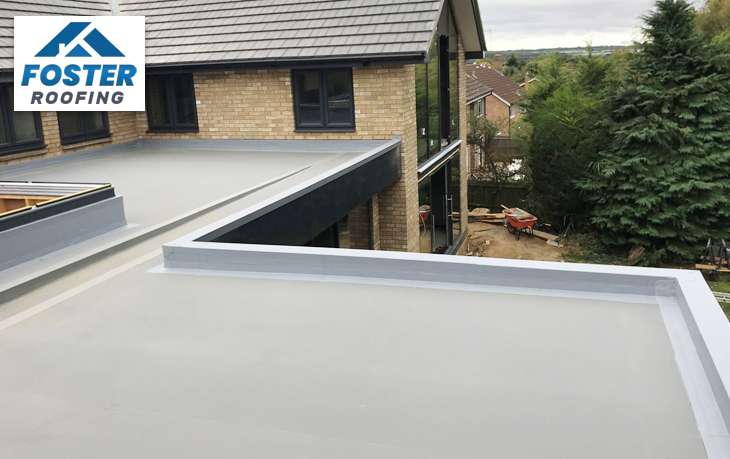
7. Green Roofs
Green roofs are a modern and eco-friendly option for flat roofs. They are covered with plants and soil. This type of roof provides many benefits. It helps in reducing the urban heat island effect, improves air quality, and provides insulation.
Green roofs also create a habitat for wildlife. They can be used as gardens or recreational spaces. However, green roofs require more maintenance compared to other types of roofs. They also need a strong structure to support the additional weight of soil and plants.
Choosing the right flat roof material for a commercial space is crucial. It affects the building’s durability, energy efficiency, and overall appearance. Each of the materials we discussed has its own unique advantages. Built-up roofs offer durability, modified bitumen roofs provide flexibility, TPO and PVC roofs are energy efficient, EPDM roofs have a long lifespan, metal roofs are very strong, and green roofs are eco-friendly. By understanding these options, you can make an informed decision that meets your specific needs. Remember, a well-chosen roof can last many years with proper maintenance.

